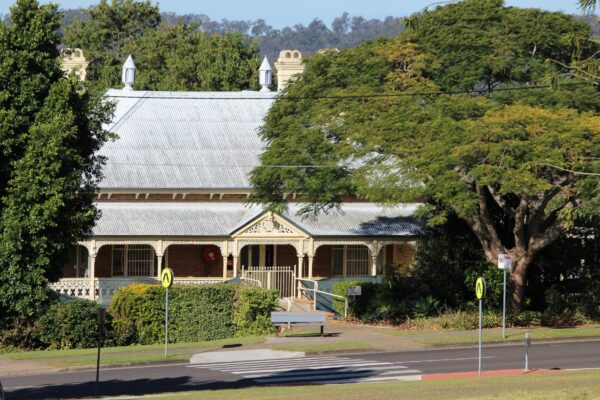And the key to more housing lies in building up, not sprawling outwards, says city council.
The Ipswich City Plan 2025 was adopted by council last week to cater for its growing population and includes a new Local Government Infrastructure Plan (LGIP). It takes effect on July 1.
Ipswich Mayor Teresa Harding says the plan is the result of seven years’ work by their planning department.
“It replaces a two-decade old planning scheme with a contemporary, fit-for-purpose scheme that will better allow Ipswich to respond to growth over the next 20 years,” she says.
“Ipswich is growing at a faster rate over the next 20 years than any other council in Queensland.”
The plan is expected to boost the city’s current 92,700 homes to 192,400. Council says its population at the end of March was 263,757 with Spring Mountain the fastest growing suburbs with 451 new residents in that quarter.
“Importantly, this policy document promotes building up, not out,” Harding says.
This can involve waving council approval for granny flats “on certain properties” which could create 22,000 homes.
“These measures reduce the need for urban sprawl where development encroaches on our natural environment, establishing homes in areas already supported by transport and essential services,” she says.
PLANNING COMMITTEE
Infrastructure and Planning Committee chairman Councillor Andrew Antoniolli points out that the current plan was adopted in 2004.
“The previous planning scheme was put in place when we were a city of just 140,000 people – it is no longer fit for purpose,” he says.
“Ipswich City Plan 2025 allows us to manage growth so Ipswich has the right balance of residential, commercial, industrial and green spaces going forward.”
He says almost 100,000 people were involved during community consultations with more than 500 public submissions received.
Cr Antoniolli says that with 88% of Ipswich housing detached or separate dwellings, the 2025 plan allows for more “gentle density” housing of one to three storeys.
Suburbs like Booval, Dinmore, Bundamba, Ebbw Vale, Riverview, Goodna and Wulkuraka, which are close to public transport, are in line for development while the traditional, detached-house character of older suburbs will be kept, he says.
He also says council is eyeing surplus land that could be used to house units and townhouses, including social housing, and will work to attract housing and transport investment.

FLOODING CONSIDERATIONS
Harding also says the plan strengthens planning and development considerations around flooding risks.
“Ipswich is a city that needs more housing but it’s also a city that floods. This reality must be considered when building homes and infrastructure,” she says.
“Through code-enforced requirements, the new plan ensures developments do not pose an unacceptable risk to people and property from flooding, as well as not putting additional burden on our disaster management capacity.”
She says their approach will be to, preferably, avoid those areas with an “unacceptable” flood risk.
REACTION TO PLAN
The new plan was welcomed by the Urban Development Institute of Australia (UDIA).
“Planning schemes are living documents, needing continual updates to meet the needs of evolving communities, and the Ipswich community had outgrown the provisions in the previous scheme,” UDIA Queensland Chief Executive Officer Kirsty Chessher-Brown says.
“With a state-wide housing crisis, it has never been more important to ensure access to diverse and affordable housing options for all Queenslanders.”






